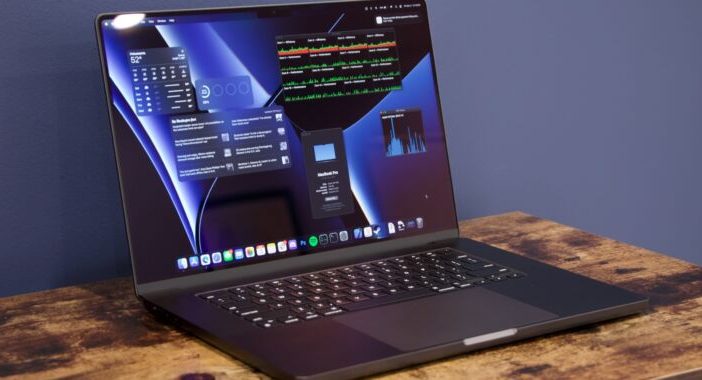
Andrew Cunningham
The next year or two will mark a turning point for people who have purchased the latest generations of Intel Macs. AppleCare+ subscriptions will expire, batteries will start to lose a noticeable amount of capacity, software updates and security patches will gradually dry up, and normal wear and tear will slowly take its toll.
Each new generation of Apple Silicon Mac is another opportunity for Apple to entice these people to upgrade. Which may or may not help explain why Apple is introducing its new MacBook Pro M3, M3 Pro and M3 Max less than 11 months after the release of the M2 versions.
Like the early 2023 MacBook Pros, these late 2023 models are iterative improvements to the 2021 redesigns. They retain the elements that made these laptops such a big improvement over the latest Intel MacBook Pro models while adding just a little more performance and one or two other minor improvements to attract people who still haven’t switched from Apple Silicon.
We can only paint a partial picture of the performance of these new laptops, since we were only able to obtain a fully loaded M3 Max version of the 16-inch MacBook Pro for testing. But the short version is that two years of updates and the all-new, more efficient manufacturing process used by the M3 should make it an attractive upgrade for anyone who couldn’t really justify paying for an upgrade before . Get ready to shell out, because high-end MacBook Pro configurations are more expensive than ever, thanks to the new 128GB RAM option.
Gn tech




